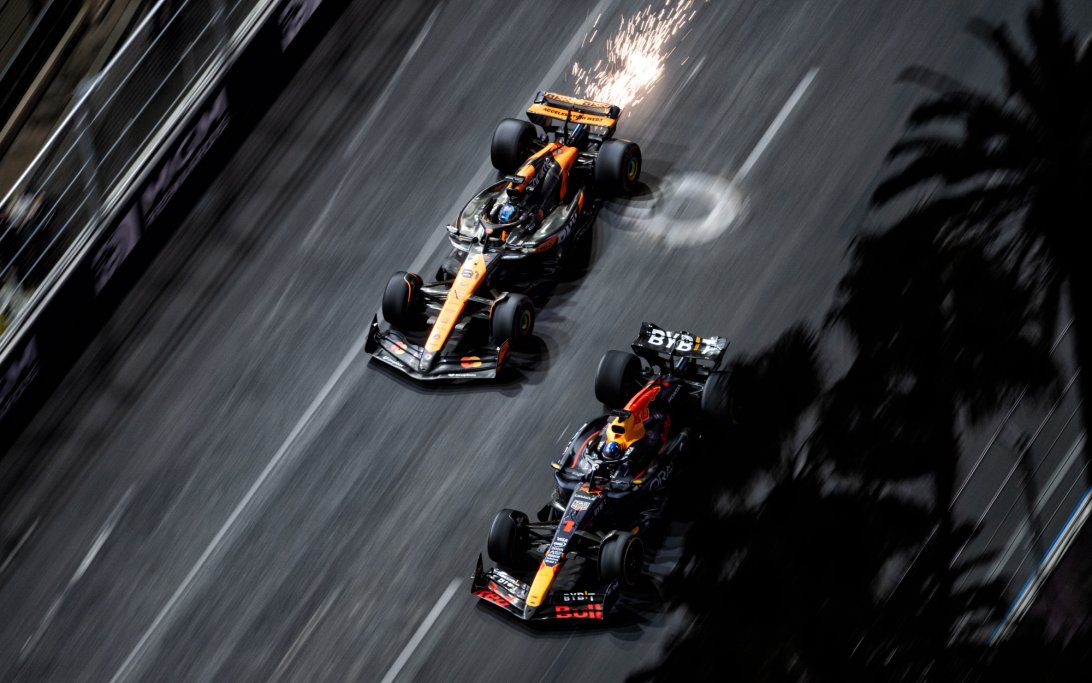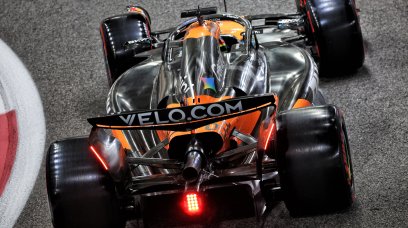The 10 F1 teams are now permitted to start designing their 2026 cars for the technical regulations overhaul.
They had previously been prohibited from carrying out wind-tunnel or aerodynamic testing towards the new rules, which are to make the cars smaller and feature active aero as part of the raft of changes to the chassis designs.
The ban had been put into place after the teas agreed to delay official work until January 1st, 2025, although this does not stop unofficial sketches and ideas from being discussed.
Teams are now facing a huge dilemma over how to approach the 2025 season given they must also simultaneously develop a car for the new regulations.
With the number of wind-tunnel runs and CFD hours limited on a sliding scale for most for Stake and the least for McLaren after its 2024 constructors' success, teams must juggle two seasons worth of development.
If two teams are locked into a close championship battle for the 2025 crowns for example, they must tread the fine-line of trying to win that championship as opposed to completely neglecting 2026.
On the flip side, if a team is struggling early on in 2025, it could effectively choose to abandon the rest of the season and go all in on trying to leapfrog up the grid for '26.
An example of this is in the changes for the 2009 season, arguably the changes to the chassis rules in F1 from '08.
After engaging in a duel for the titles right up until the Brazil finale, both McLaren and Ferrari were nowhere at the start of the season as the traditional pecking order was up-ended.
Brawn GP and Red Bull became the dominant teams, and although McLaren and Ferrari were able to win races that season, they were not in championship contention.
Also interesting:
Join RacingNews365's Ian Parkes, Sam Coop and Nick Golding in the final episode of the year, as Ian and Sam battle it out in the RacingNews365 Big Fat F1 Quiz of the Year! Join in the fun by yourself or with other people to test your 2024 F1 knowledge!
Rather watch the podcast? Then click here!
Don't miss out on any of the Formula 1 action thanks to this handy 2026 F1 calendar that can be easily loaded into your smartphone or PC.
Download the calenderMost read
In this article















Join the conversation!